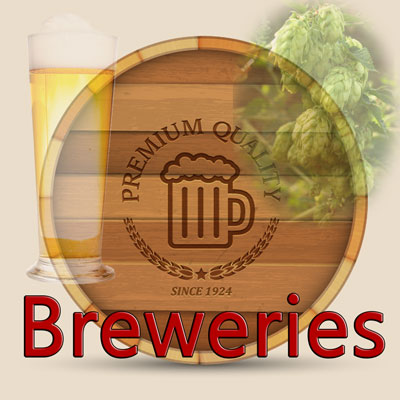Wine with Perricone Grapes
Perricone is a little known and little cultivated vine variety of western Sicily.
It is one of the only few Sicilian vine varieties that are being grown, since a lot of other grape varieties from the island province, have either disappeared or have been stopped harvesting.
![]()
The Perricone grape is usually used as a blending agent with the Nero d’Avola grape, the signature grape variety of Sicily and produces some sweet-acidic wines with it.
The Perricone is also indicated by its labels such as Eloro, Contea di Sclafani and Monreale although most of its labelled under Sicily’s IGT label.
The grape is considerably old and does not have its exact origins recorded. And lime oust other obscure Sicilian vines, it once was popular throughout the island and into mainland Italy although in the coming centuries specifically relating to the phylloxera and Italian immigration, the grape lost its popularity and is now only grown in a handful of vineyards of Sicily.
Origins of Perricone
The exact origins of Perricone are yet to be found out. Among the Sicily’s many grape varieties, including the signature Nero d’Avola, have obscure and rather foggy beginnings.
Although the past of Nero d’Avola is quite clear (since these were first introduced by the Greeks), the origin of Perricone could also be similar.
What is definitely known is that the grape is an ancient variety. Their chances of their Greek origin haven’t been ruled out.
The grape was extensively grown in Sicily with some 34,000 hectares of plantations at least until the phylloxera epidemic struck in the 1800s.
The grape, that is not immune to bugs, suffered extensive damage in the following years.
Facing possible extinction, it was with the help of winemakers’ hard efforts and the market demand from Britain and USA that prevented the grape from completely vanishing.
In subsequent years, as technology developed, certain Perricone clones were developed that were designed to withstand forces of nature as well as several bug and pest infestations.
However, these traits remain to be fully tested out.
During World War II, the crisis was even more intense owing to the large scale devastation that followed.
Industries lay scattered and destroyed with extensive damage to human property and life.
Perricone vineyards got abandoned and never got the opportunity to get their owners back.
The damage was extensive enough that their production is still yet to reach its full potential.
These days, only 192 hectares of Perricone vineyards exist in Sicily.
However, the situation is gradually changing and what seemed like a near extinct grape, is now gradually gaining popularity in Sicily and the international wine community.
Being a heritage wine, several ampelographers and winemakers have made it a commitment to preserve the grape and increase its production.
Although cultivated areas have been reported to be still decreasing, they are at a slower pace and chances are that in the coming years, Perricone yields will increase.
Viticulure and wine making
Perricone’s grows very well and is ideally suitable for the Sicilian climate and topography.
It’s a drought resistant vine because of its hardy shoot, but is sensitive to several bugs like phylloxera; although it shows resistance to fungal infections due to its thick grape skin.
Harvesting is usually done around mid-September and is generally an early budding grape.
However, ripening and harvesting times might differ according to region.
Characteristically, the vine produces compact, cylindrical bunches with small berries that are bluish-black in colour with a thick skin.
The synonym Pignatello is often used for its ideal growth in red clay soil that is the characteristic soil type of Sicily.
Perricone wines are slow yielding and have a very high tannin content that could give very rustic and alcoholic wines.
These traits are, however modified by winemakers to provide lighter and smoother wines by blending light grapes such as Nero d’Avola.
After the harvest, a slow fermentation and long maceration as well as refining processes are the allies to produce the best of Perricone wines that age slowly and for years.

Michael Bredahl
Wine Writer
Michael is an online enthusiast, with a lot of knowledge about online marketing. Traveling around the world to hunt for the perfect wine. Latest on Sicily, where Etna has a huge impact on the taste, which is strong with a bitter aftertaste for the youngest wines, but older wines are fantastic. Drinking wine, and writing about them, are one the passions. Remember to drink responsibly 🙂
Are you a Copywriter?
We have a lot of articles without much content, if you can do it better, you are welcome to write a nice article, and get the proper credit for that. Read more information about beeing an author, and Contact us for more information.













0 Comments